The Film Lab: 10 Analogue Experiments
29 Share TweetFrom easy film soups to comprehensive EBS and kaleidoscopes, manipulate your strips of film and negatives with a bit of science and chemistry this Film Photography Day!
Setting Photographs to Stone — Literally
Learn how to print your negatives on stone through liquid emulsion done and shared by our own community member, tomas_bates. It’s doable in four steps.
Find out more in the article How to Develop Photos on Stone in a Darkroom.
What’s Your Poison? Iron Solution.
Community member novakmisi took up the challenge and played with iron solution for plant protection. The results proved to be worth the risk.
Learn how to develop films in iron solution within the article Cooking with Poison.
Exposing Both Sides (EBS) in Symmetry
One of our popular Lomographers hodachrome shares his secret to creating symmetrical photographs in EBS: just make sure that the film is stretched nicely!
Learn more about how hodachrome creates his symmetrical EBS images in the article Tipster: How to Take Symmetrical Images with Exposing Both Sides of the Film (EBS).
Going Alternative: Vandyke Brown Process
Develop images in full-toned sepia with this alternative print process, the Vandyke Brown. This process is similar to the cyanotype, only less hazardous. Just transfer your negatives to watercolor and you’re all set.
Learn how to do the Vandyke Brown process in the article Film in Sepia: How to Do the Vandyke Process or watch the video.
Household Experiment: Chlorine
Chlorine on photos? Yes you can. Community member “beway”;http://www.lomography.com/homes/beway sprayed some chlorine on her developed images to create an illusion of white-to-colorful specks of dust.
Learn about using chlorine with film in the article Experiment: Chlorine!.
An Intake of Caffeine
Apparently, even film drinks caffeine. Just drench your film rolls in black coffee and vitamin C to get those rich hues of dark brown and black. Best films to use are Ilford HP5 Plus 400 ISO, Kodak TMAX 400, Ilford FP4 (ISO 125), and Ilford PanF (ISO 50).
Learn how to do the caffenol process in the article Alternative Processes: Caffenol.
Film-Drunk: Soaking Film in Red Wine
Here’s another film soup to try. Community member simonesavo drenched film rolls in red wine. The resulting images are red, purple and black explosive effects.
Learn how to immerse your film in red wine with the article Film Experiments: A Roll of Film Soaked in Red Wine.
Rose-Colored Eyes
Want to know how to achieve those rose-colored images? Community member alexander_krolikowski is here to teach everyone how to turn negatives to daydream-like and romantic images with her carbol fuschin-based film soup.
Learn more about carbol fuschin in the article Carbol Fuchsin Film: Pink It!.
Kaleidoscopic World
Dream big and experiment with community member aguillem comprehensive lesson on making kaleidoscopic and mosaic photographs in film.
Learn more about this kaleidoscope tutorial in the article Wide Angle Photography Tips: A Kaleidoscope Makes Your Fisheye Crazy.
Detergent as Snow
Winter is forever with community member neonlights. She used glass cleaner fluid, detergent and her favorite negatives to make her films look like they’re always snowing.
Learn more about this film experiment in the article Detergent Like Snow On Your Negatives.
Do you have other film experiments lined up today? Tell us with a comment and share it with the community!
2016-04-12 #tutorials #lifestyle #analogue-photography #tipster #film-photography #film-photography-day #film-photography-day-2016 #filmphotographyday2016


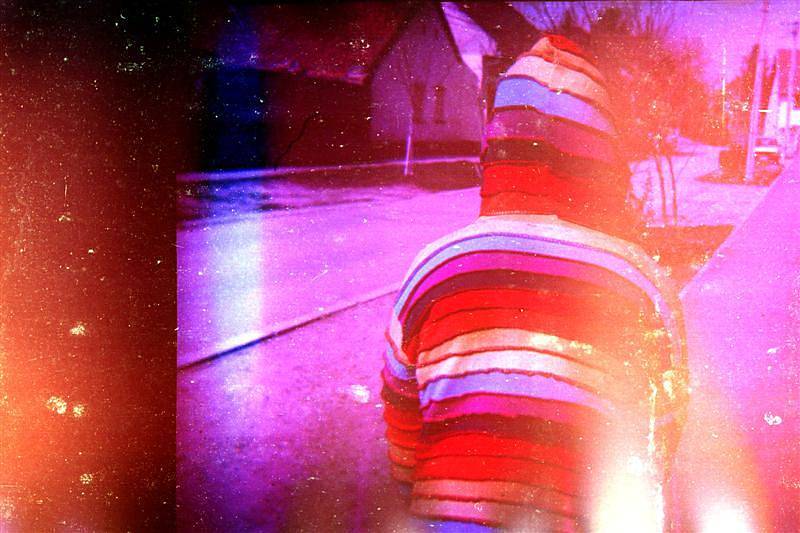































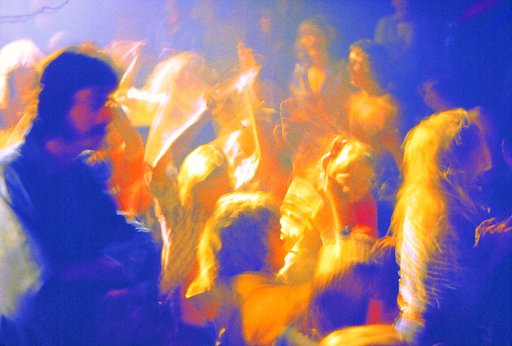

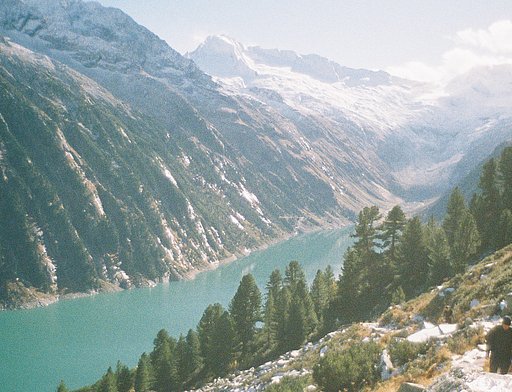

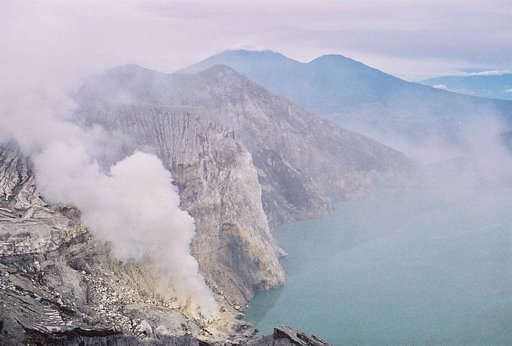
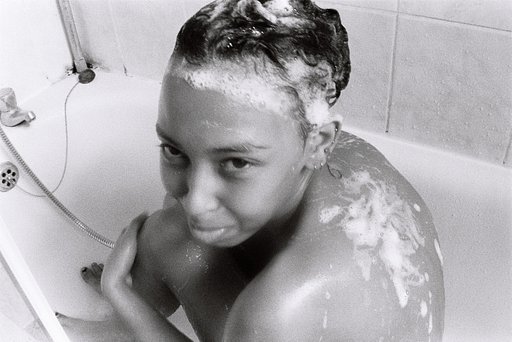


No Comments